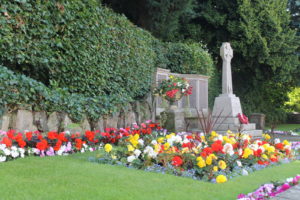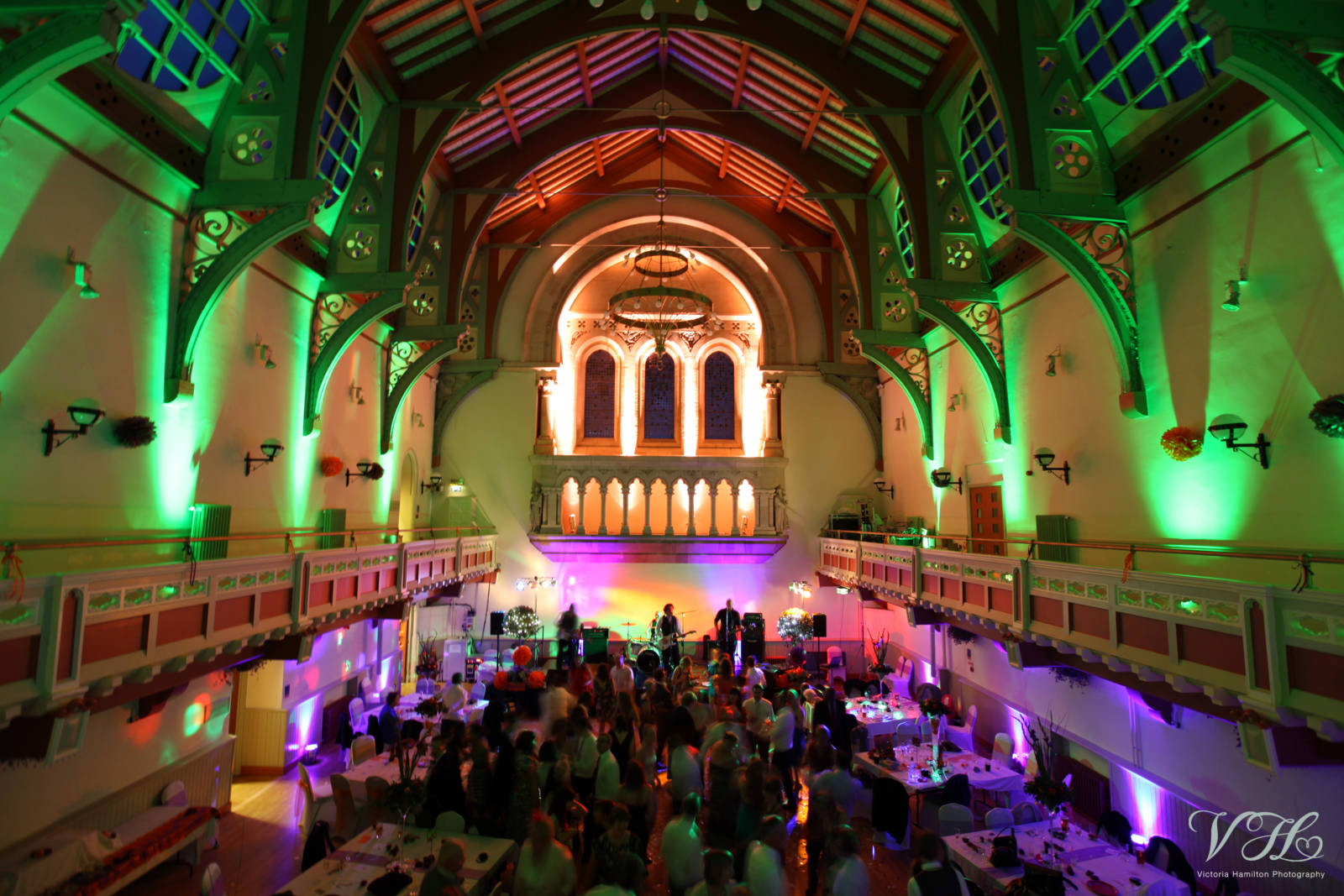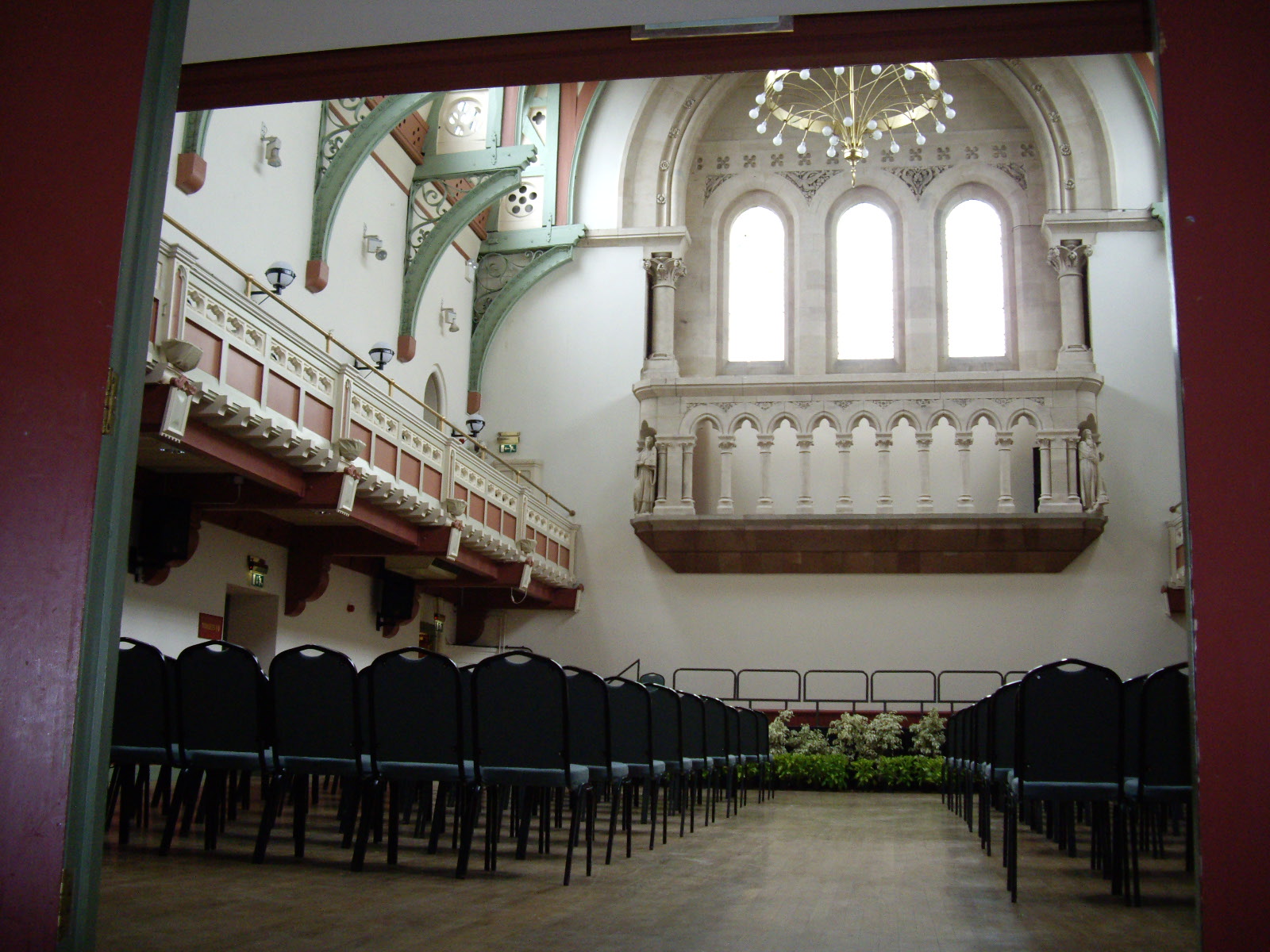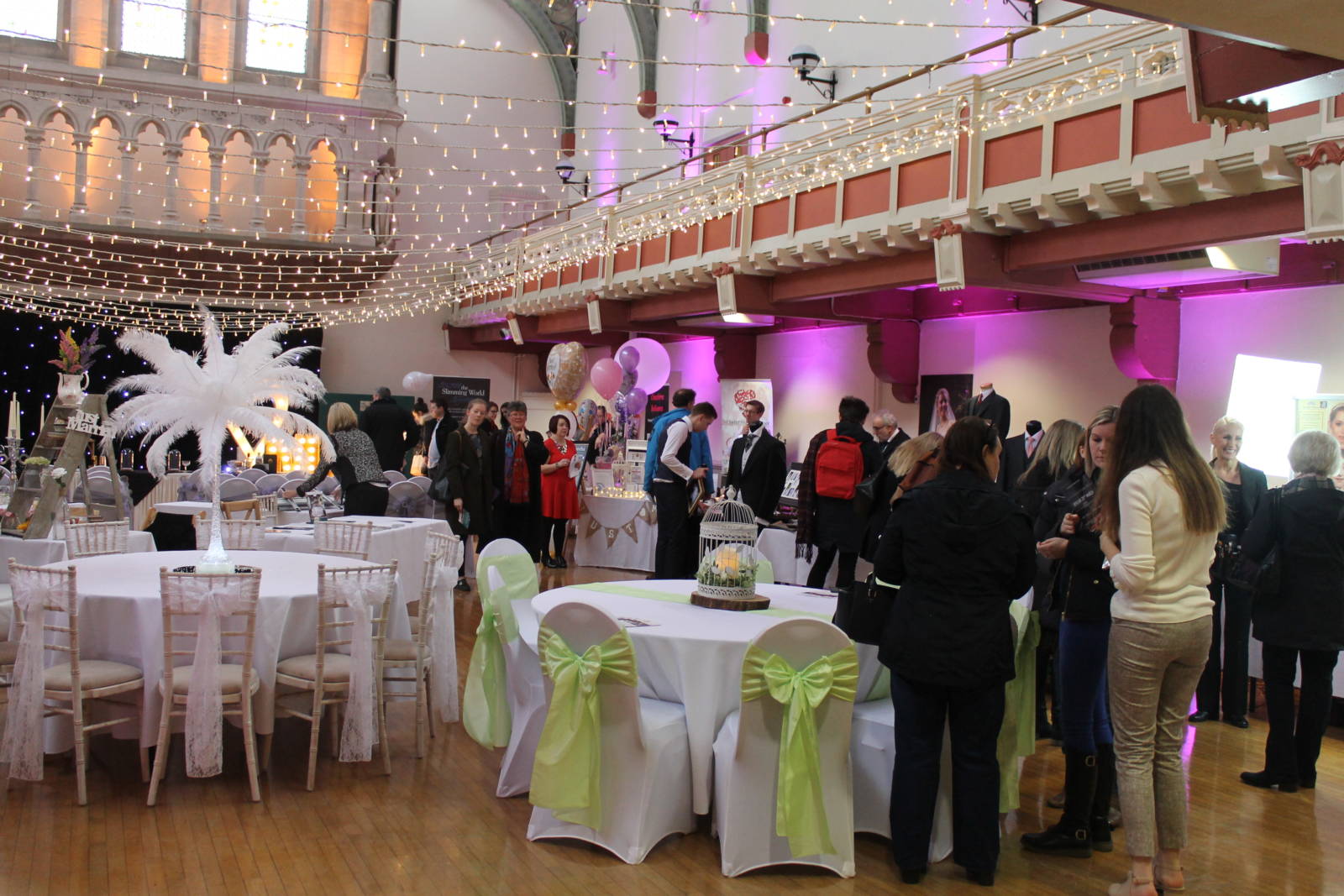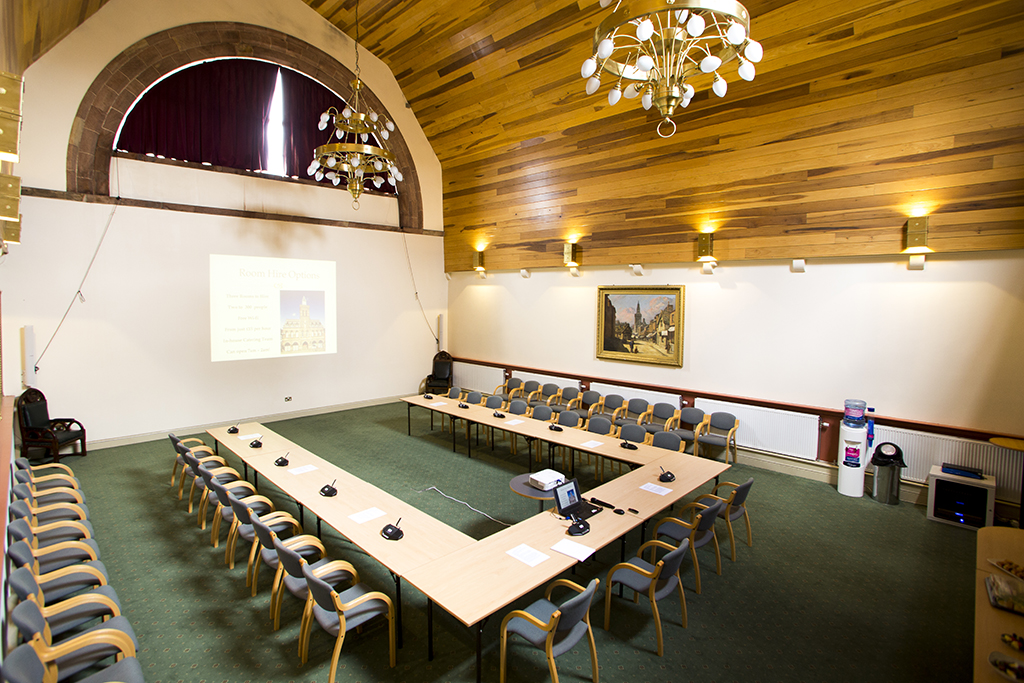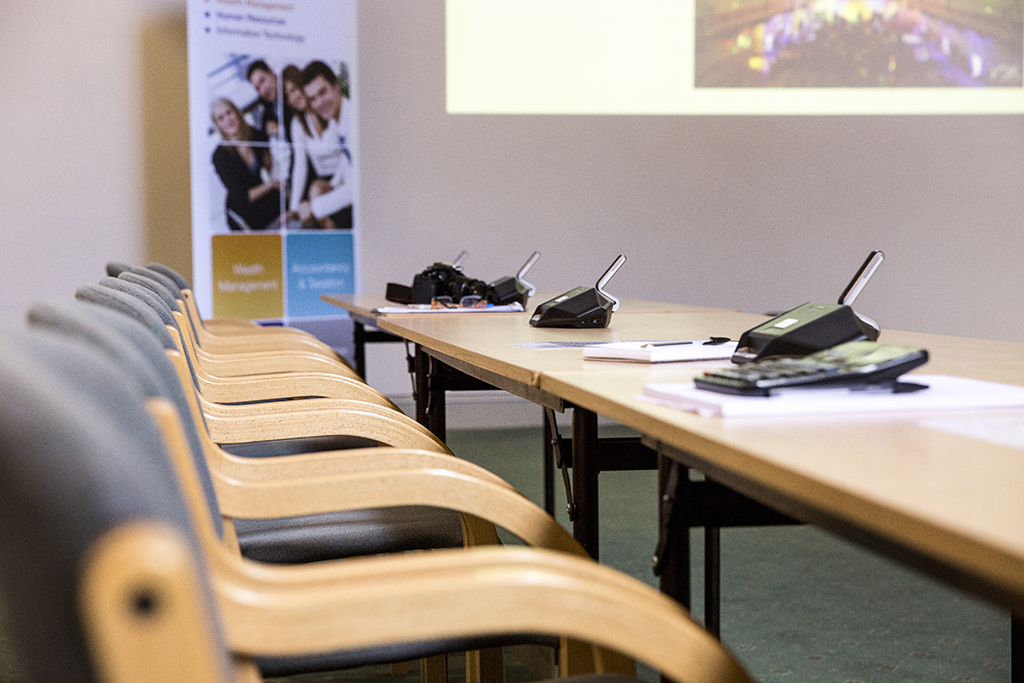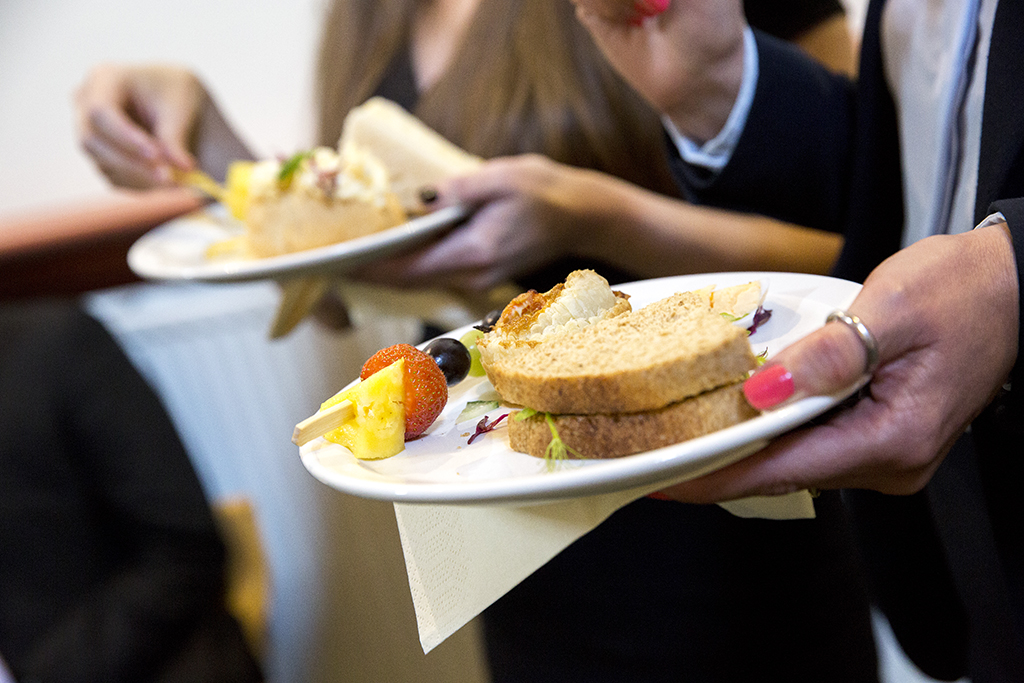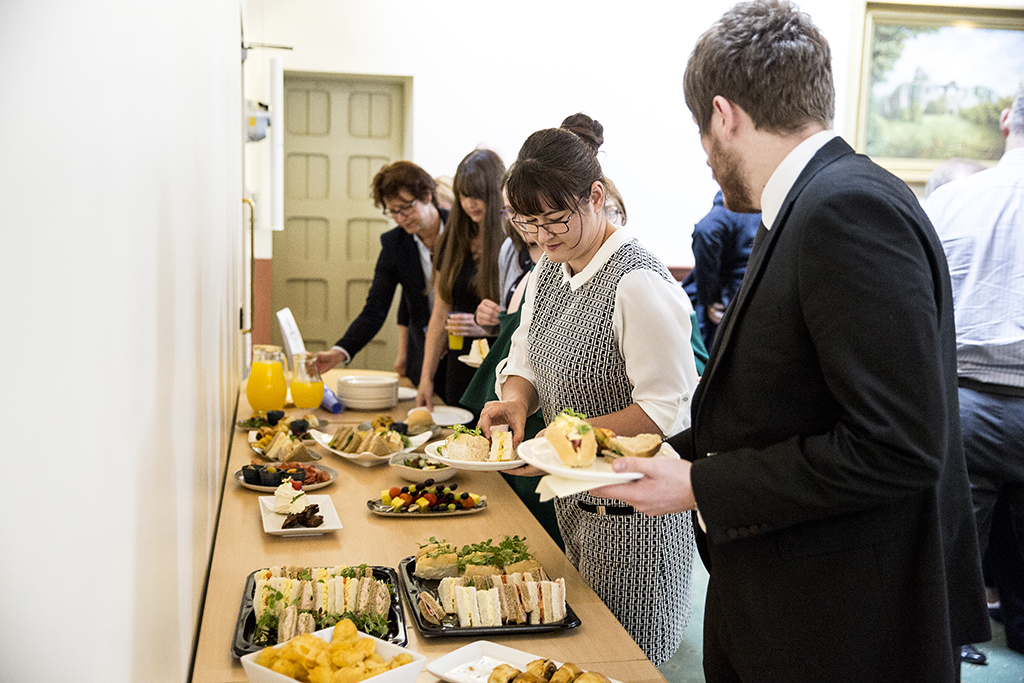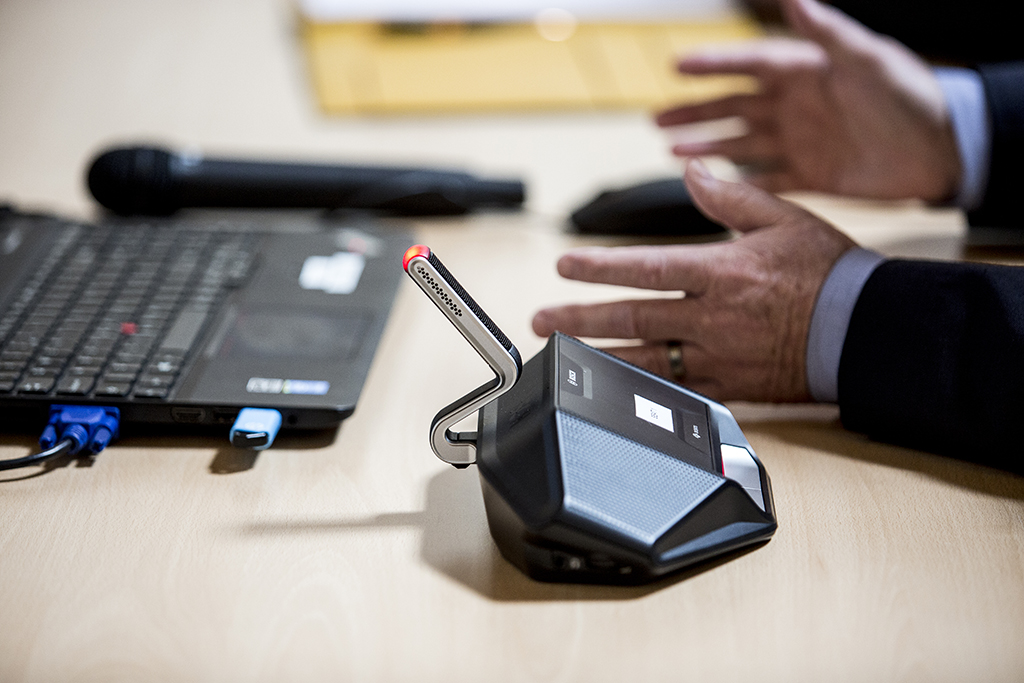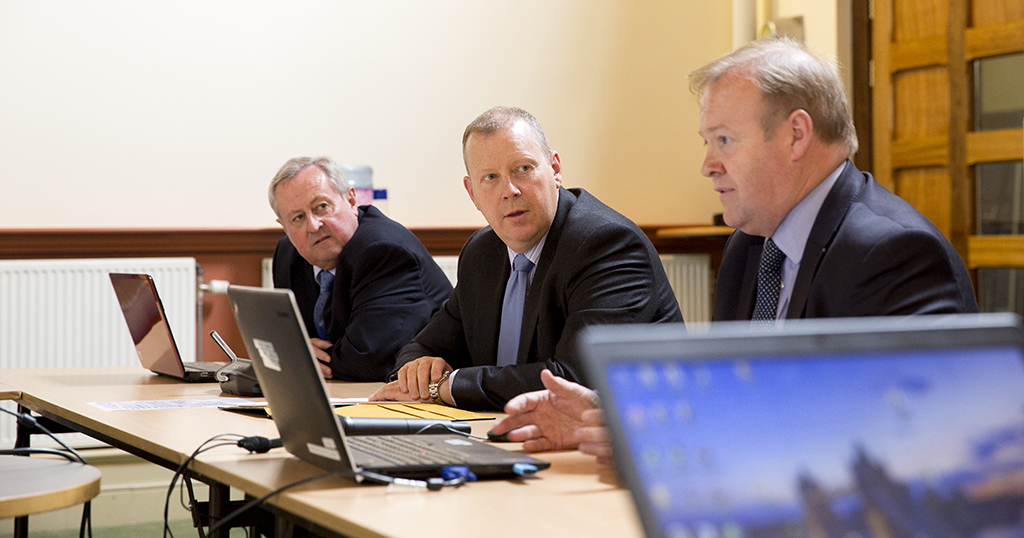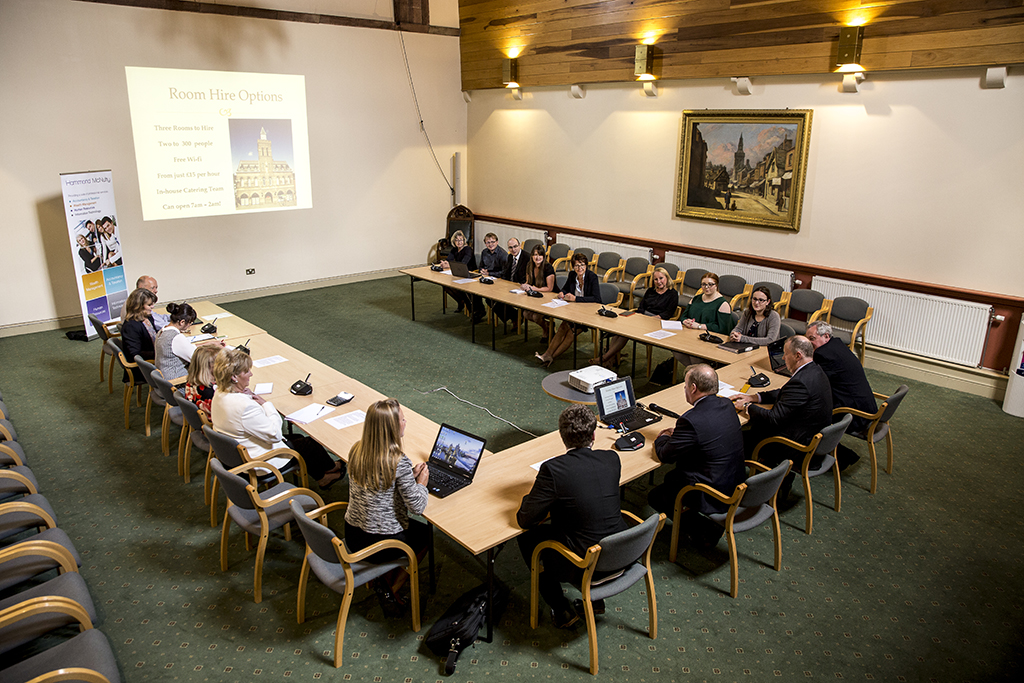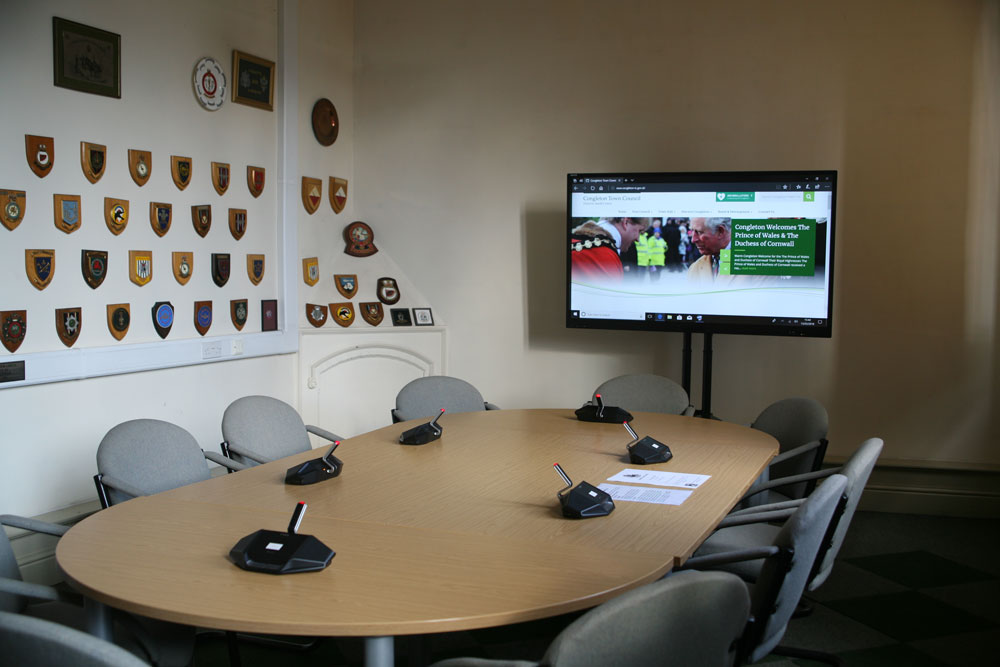Like all towns, villages and cities in Great Britain, the cataclysm of the First World War changed life in Congleton as men failed to return from the bloody conflict. The names of men who died in the Second World War and in later conflicts have been added to the memorial since it was built in 1923.
After years in the planning, the newly renovated Cenotaph now displays just over 600 names of all the local men and women who lost their lives through serving their Country. The Lawton Street site is now a safer, more attractive, and fitting place for people to visit.
In the nearby Community Garden you will find the statue of George Harold Eardley who was awarded the country’s highest honour, the Victoria Cross, for his gallantry at Overloon in 1944. He had earlier been awarded the Military Medal for out-standing courage in action at Beny-Bocage. Near the entrance to the Garden you will also find the statue of Treo, an army dog who was awarded the Dickins Medal for saving many lives in Afghanistan. Treo spent his final years in retirement with his handler here in Congleton.
The Cenotaph stands on the site of the town’s market cross. Market crosses were important because all important announcements were made from their steps, marriages made under English Common Law were declared and wrong-doers could be displayed and shamed there. It is known that Congleton’s market cross had measures for yards placed into it, at a cost of 6d by Thomas Foster, the tinker, presumably so that both merchants and customers could ensure that the cloth they sold or bought was accurately measured. Preachers also declaimed from market crosses and it is recorded that in 1746 John Wesley visited Congleton and gave a sermon from the market cross.
There seem to have been several market crosses over the centuries and some of these met a sad end, possibly because the original site, about a hundred yards further along High Street was in the middle of the road. The Tudor cross of 1550 was reported to have been highly decorated with royal coats of arms, gold decoration and four sundials. Nothing appears to have survived. Richard Newton of Key Green was threatened with a law suit for knocking over the cross in 1707 and ordered to make good the damage. In 1730 the cross was again knocked down by Mr Pedley’s timber carriage. Mr Pedley took away the old cross and replaced it with a much plainer model which stood until 1772 when it was taken down and sold to Mr Edmund Antrobus. The money raised by this procedure was used to buy brass letters (C & P) which were then placed on the right shoulders of the town’s poor!
The stones from the old cross were eventually recovered and were re-made into a market cross to celebrate the accession of Edward VII in 1902. This cross was placed in the Town Park, where it can still be seen, at a time when another Mr Pedley was Mayor.

